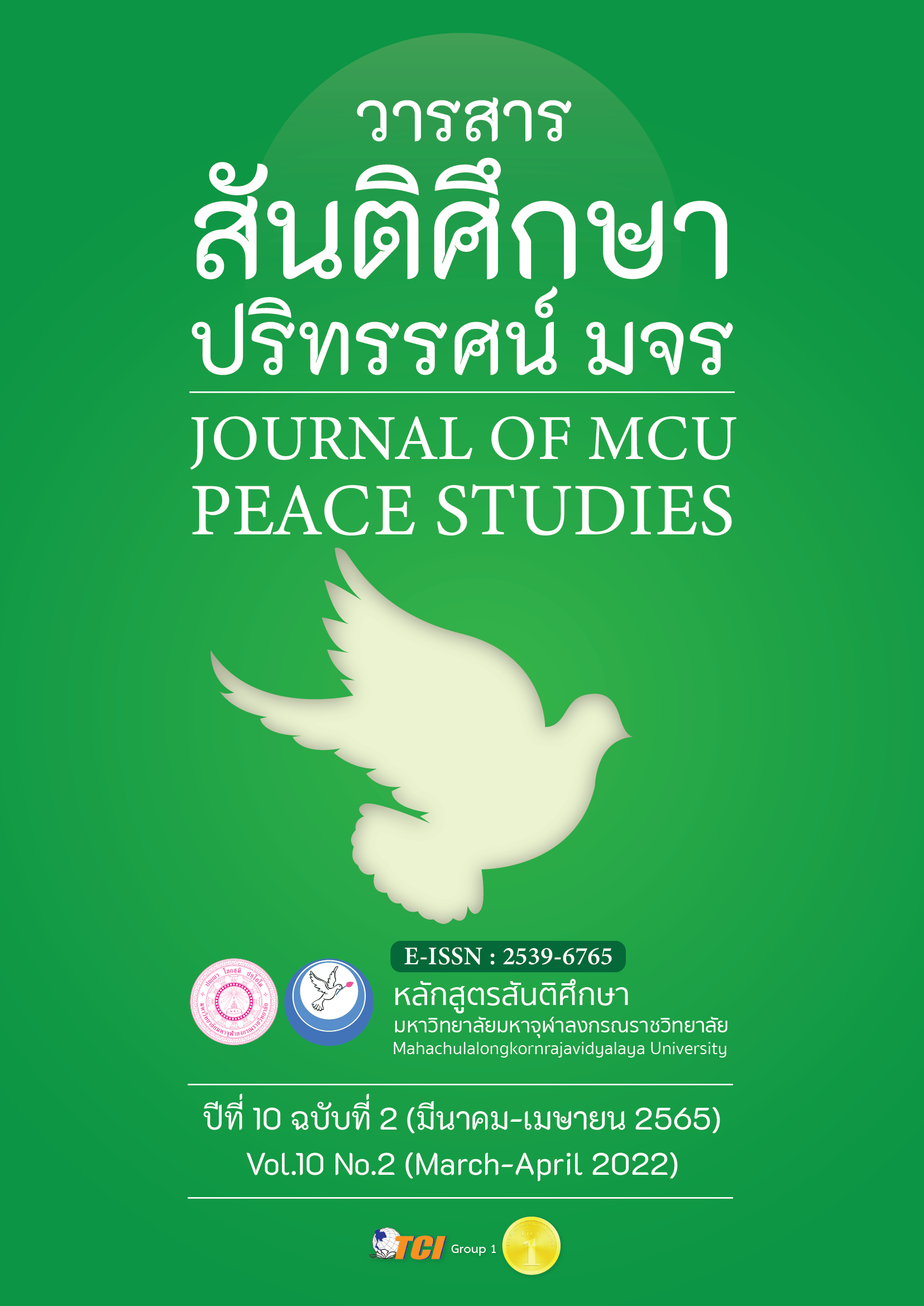Motifs of Women’s Journey and the Sexual Politics in Lanna Jataka
Main Article Content
Abstract
This article aimed to analyze sexual politics through motifs of women’s Journey in Lanna jataka. Qualitative research method was used. Four Lanna Jataka texts were analyzed namely; 1) Nangphomhom, 2) Wannaphram, 3) Kamkadam, 4) Seehanat Jataka. The results of the study were presented by descriptive analysis method.
The research results were divided into 3 points as follows: The journey of women characters can be classified into 3 styles, (1) journey by land (2) journey by sea (3) journey by air. Journey by land or traveling on foot was the only way that women characters relied on their owns, encounter and fight the obstacles by themselves. As for other types of Journey that relies on vehicles, women characters still dependent and rely on men characters. 2) The reason for their journey, it found that men were main influence on the journey of women characters for five reasons: (1) to follow, (2) to find, (3) to be expelled or deported, (4) to travel, (5) to arrive the city. 3) Motifs of women characters’ journey in Lanna jataka reflected the inequality of power relationships between women and men. With men dominance, it reinforces and suppress femininity. These had made women feel inferior. Therefore, they tried to find tricks to fight against a superior power.
Article Details

This work is licensed under a Creative Commons Attribution-NonCommercial-NoDerivatives 4.0 International License.
Views and opinions expressed in the articles published by The Journal of MCU Peace Studies, are of responsibility by such authors but not the editors and do not necessarily reflect those of the editors.
References
Hongsuwan, P. (2012). Legend of Lanna Buddha: Wisdom the Power of Faith and Relationship with Local. Bangkok: The Thailand Research Fund (TRF).
Hongsuwan, P. (2013). Amarapiswad: Women love the monks with the meaning of violence. in A long time ago there was a Story Tale Legend Life (pp. 311-348). Bangkok: Chulalongkorn University Press.
Kaewthep, K. (2001). Women study 2 women with various issues. Bangkok: Office of the National Women's Promotion and Coordination Committee Office of the Permanent Secretary, Office of the Prime Minister.
Kongkirati, P. (2015). Thai culture politics On memory/ discourse/ power. Nonthaburi: Sameskybooks.
Nimmanahaeminda, P. (2000). Folktales Study. Bangkok: Faculty of Arts Chulalongkorn University.
Piayura, O. (2018). LITERATURE AND GENDER. (2nd ed.). Khon Kaen: Khon Kaen Printing.
Ratana, P. (2013). Creating the image of the northern woman: the impact of tourism development in Thailand. in Chaimuangchun, P., Saensa, P (Eds.). Lanna history mark: Includ academic articles on the occasion of the sixth anniversary of Prof. Saratsawadee-Assoc. Prof.Somchot Angsakul. (pp. 247-270). BangKok: Eastern Printing House.
Wannakit, N. (2012). Motif of Supernatural Birth in Jataka, Thai Myths and Folktales. HUMANITIES JOURNAL, 19(2), 60-86.

